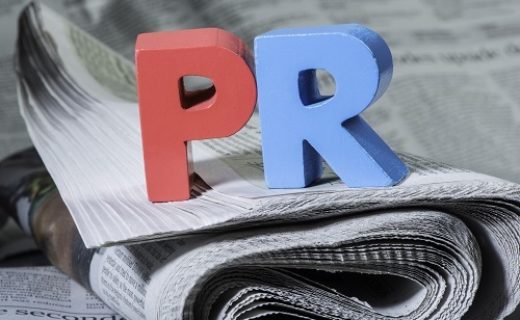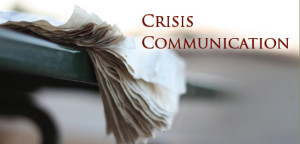When we met Judy Gann and learned more about her site, Library Insider, a tool to assist authors in reaching the public library market, we wanted her to share her knowledge with the rest of our world. Today we have a guest post from Judy, giving us the inside scoop on promoting to public libraries.
Why market to public libraries?
Independent bookstores, once the key market for our books, are closing their doors at an alarming rate. Book chains and big box discount stores primarily stock books by bestselling and “name” authors— forcing most of us to seek creative new markets for our books. One of the most overlooked avenues for reaching readers in today’s difficult market is the public library.
Why the public library? Many authors scoff at the idea of promoting their books to libraries and believe sales to libraries hurt their overall sales figures. Yet, a recent Pew Internet Study revealed that nearly 60% of all library users go on to purchase books by an author they were first introduced to at the library. In addition, the library reaches an entire segment of the public who never enters bookstores or purchases books online. Library use skyrockets in tough economic times. Large library systems often purchase multiple copies. Library sales are final—no returns!
Rather than thinking of libraries as a competing market, consider them another piece of your marketing plan along with bookstores, social media, etc.
What is Library Insider?
Even when you realize the value of marketing to libraries, reaching the purchasing decision makers throughout the country can be challenging. Library Insider was designed to assist authors in connecting with these acquisitions librarians.
The idea for Library Insider grew out of workshops I’ve taught on library marketing at writers conferences throughout the U.S. Soon authors and publishers were asking me to assist them in reaching the library market. Janet Grant and Wendy Lawton of the Books and Such Literary Agency saw the potential in marketing to public libraries and partnered with me to develop Library Insider which launched in March, 2011.
Library Insider consists of a password-protected searchable, selective database (based on size of collection, open hours, and number of staff) of over 2500 libraries representing approximately 10,000 individual library buildings throughout the United States. The fact that the database is a selective list of libraries allows subscribers to target the libraries most likely to purchase their materials.
Library Insider includes an array of library marketing information in addition to the book selector contacts, such as whether a library is an independent or system library, the marketing area (nearest large population center), and if the library provides e-book access for patrons.
Organized by states, the database is updated monthly and includes the name and contact information for the buyer or purchasing decision maker at most of the libraries. The database can be downloaded and addresses printed for mailing labels.
Subscribers may purchase the database for individual states or the entire country. The cost of each state database is based on the number of libraries in the state.
Additional Features of Library Insider
In addition, Library Insider provides training in marketing to public libraries, including how to design a flyer/one sheet that will grab a busy book selector’s attention.
Library Insider subscribers receive The Library Insider, a quarterly newsletter filled with library marketing news, tips, and a calendar of library events—opportunities for publishers and authors to connect with libraries and librarians.
Subscribers have the option of purchasing a report that measures the success of their marketing campaign through Library Insider. The report includes the number of libraries shelving a particular title before the promotion and the number after the promotion. It also provides the average number of copies purchased per library.
What is the difference between Publishers/Publicists’ Subscriptions vs. Authors’ subscriptions?
The Library Insider database function is the same for both publishers/publicists and authors. However, the length of subscription differs. Subscriptions for publishers and publicists are for one year. Those for authors are for three months. The price of subscriptions is adjusted accordingly.






